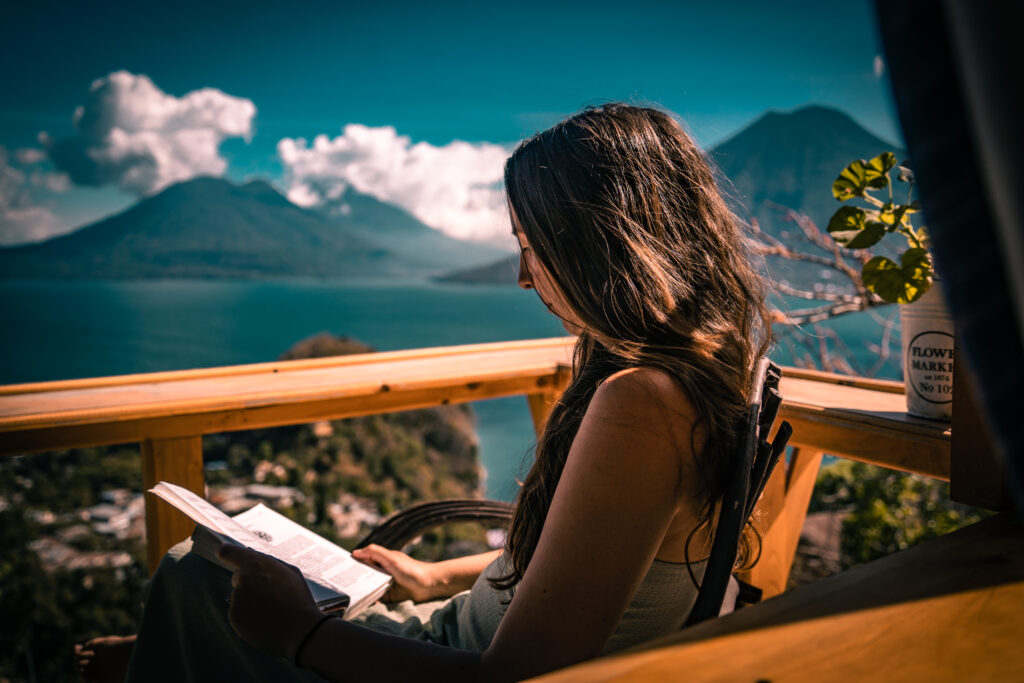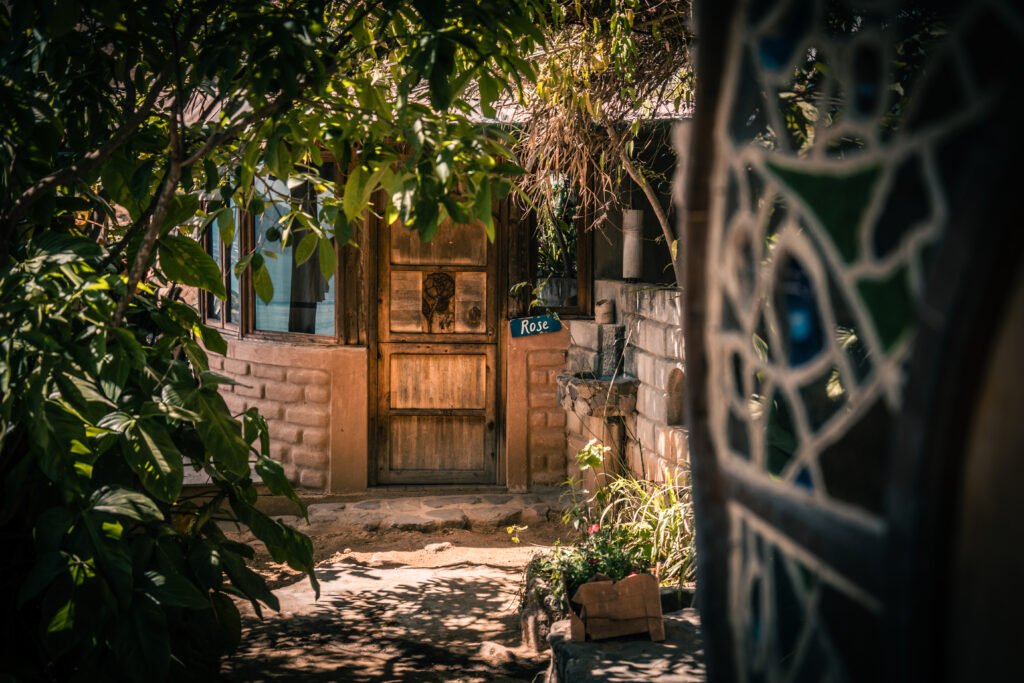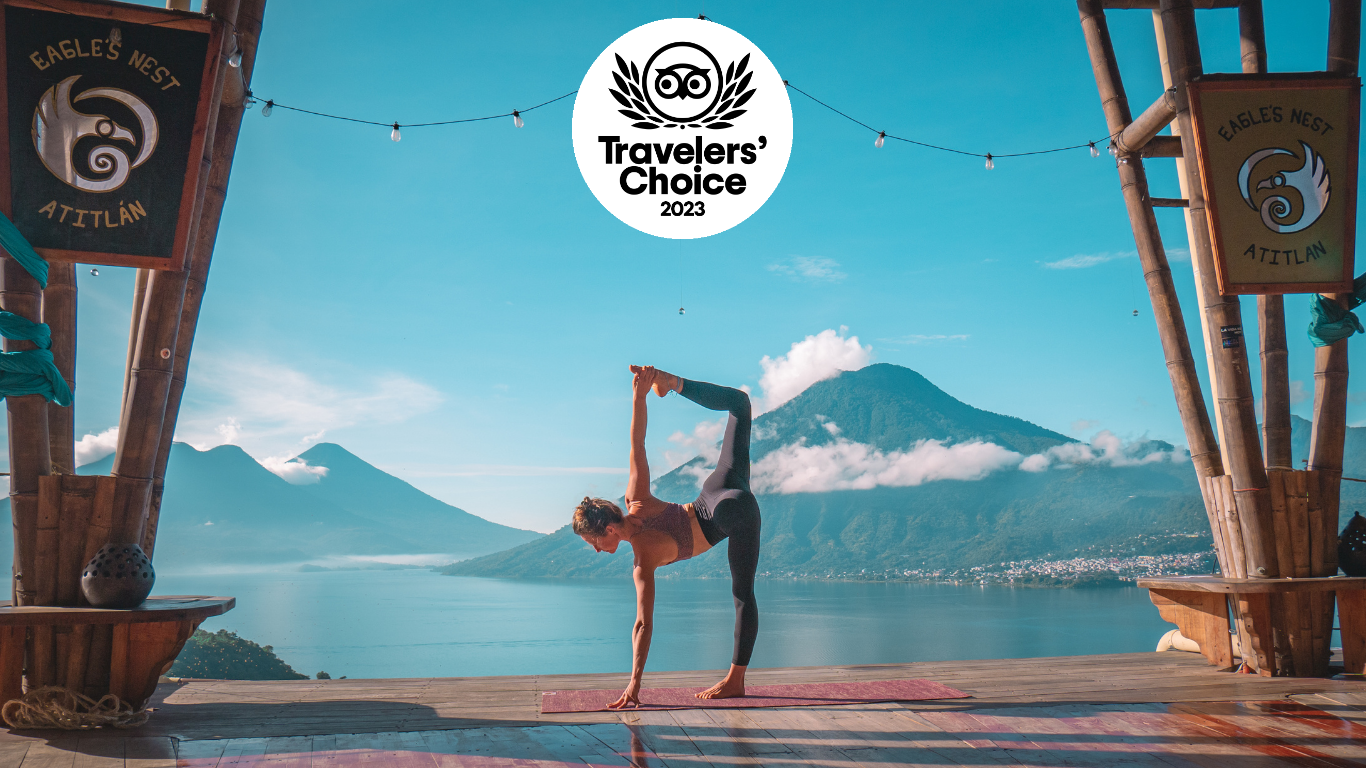Unveiling the 5 Unique Characteristics: Guadalupe vs Guatemala Differences
Exploring Historical Roots: A Comparative Overview
History is a rich tapestry, weaving together the narratives of nations and cultures. Guadalupe and Guatemala, each with vibrant pasts that have shaped their current identities, provide a fascinating case study for comparison. While both regions bear traces of Spanish influence due to colonialism, they also exhibit unique characteristics in their development, societal norms, and cultural expressions. This explorative overview sheds light on how their historical roots inform their contrasting and parallel experiences.
Colonial Legacies in Guadalupe and Guatemala
The colonial legacies of Guadalupe and Guatemala are narratives of coercion and adaptation that have left a lasting impression on the cultural fabric of both regions. Guadalupe’s narrative is marked by French colonial influence, resulting in a unique blend of European and Caribbean cultures. In contrast, Guatemala’s history encapsulates the complex relationship between Spanish conquerors and indigenous populations. Understanding these legacies provides insight into the socio-cultural dynamics that influence current day life in these regions.
Independence Movements: Parallel Paths
The histories of Guadalupe and Guatemala converge on the pivotal moments of their respective independence movements. Guadalupe experienced a convoluted journey with alternating periods of self-governance and external control, eventually integrating into France as an overseas region. Guatemala, on the other hand, broke free from the Spanish Crown, stepping onto the stage of sovereignty as a singular republic. These movements represent significant strides towards self-definition and autonomy for both territories.
Cultural Riches: Gastronomy, Music, and Traditions
The cultural tapestries of Guadalupe and Guatemala are threaded with rich histories that find expression through food, music, and folkloric traditions. These elements of culture not only serve as methods of historical preservation but also as vessels of contemporary creativity and innovation. Gastronomical delights, musical rhythms, and enduring practices offer a profound insight into the heartbeat of these societies and the enduring legacies of their historical experiences.
Culinary Journeys from Guadalupe to Guatemala
Gauntlets thrown by Guadalupe’s Creole spices and Guatemala’s Mayan flavors challenge the adventurous pallet. The cuisine of these regions goes beyond tasteâit narrates tales of cultural exchange, resilience, and innovation. Whether it is the expert fusion of French and local recipes in Guadalupe or the earthy, traditional meals trademark to Guatemala’s heritage, each dish is a masterpiece revealing the complex culinary journeys shaping their identities.
Musical Heritage: A Tale of Two Cultures
The musical heritages of Guadalupe and Guatemala underline the syncretic nature of their societies, blending various influences into melodies and rhythms that are deeply entrenched in their collective identities. Guadalupe grooves to the beat of the Gwo Ka, while Guatemala hums to the tune of the marimba’s melodious mallets. These musical practices serve not just as entertainment, but as living chronicles of the regions’ intertwined histories.
Geographical Contrasts: Landscapes and Biodiversity
The physical landscapes of Guadalupe and Guatemala contribute significantly to their identities, forming the natural canvases upon which their histories are etched. Guadalupe’s beaches and volcanic landscapes provide stark contrasts, reflecting the island’s volcanic origins, while Guatemala’s terrain is a tapestry of differing altitudes and climates, hosting a diverse range of flora and fauna that beckon exploration and admiration.
Natural Wonders of Guadalupe
Guadalupe’s repertoire of natural wonders stands as a testament to the island’s geological and ecological diversity. It is a miniature version of paradise, where each ecological nicheâfrom coral reefs to rainforestsâtells a distinct story of survival, adaptation, and beauty. The island is not just a hotspot for tourists, but also an important locus for scientific research and nature conservation efforts.
Guatemala’s Varied Ecosystems
Guatemala showcases an astonishing range of ecosystems that demonstrate the country’s geological richness and biological diversity. This mosaic of habitats hosts an array of species that contribute to the nation’s environmental and cultural heritage. Efforts to preserve these ecosystems symbolize the struggle and commitment to maintaining a balance between human activities and natural integrity, a testament to the importance of conservation.
Socioeconomic Dynamics: Development and Challenges
The socioeconomic landscapes of Guadalupe and Guatemala are pits and dolls: On the one hand, there are advancements and developments that propel the regions forward; on the other, persistent challenges threaten these strides. The vibrancy of these regional economies is tightly linked to the efforts in managing natural resources, fostering innovation, and overcoming socio-political barriers to ensure equitable and sustainable growth for their populations.
Guadalupe’s Economy and Society
Guadalupe strikes a delicate balance between fostering economic self-sufficiency and integrating with the broader economic systems of the European Union as an overseas department of France. This dual reality shapes the island’s society and economy, highlighting the push and pull between preservation of cultural identity and embracing modern economic paradigms. The island’s unique status affords it opportunities and challenges distinctive to its geopolitical standing.
Guatemala’s Growth Prospects and Hurdles
Guatemala’s journey towards economic prosperity is an uphill climb characterized by inherent potential tempered by considerable obstacles. The nation’s rich agricultural tapestry, bolstered by burgeoning manufacturing and service industries, lays the foundation for economic growth. Nonetheless, it must reconcile the forces of social inequality and governance to create a robust and inclusive economy that benefits its diverse communities.

Tourism Highlights: Where to Go and What to See
Tourism is a bridge connecting the cultures and natural grandeur of Guadalupe and Guatemala with the rest of the world. For those with an appetite for exploration and a desire to immerse themselves in rich cultural experiences, these destinations offer an array of attractions that satisfy a wide range of interests, from natural wonders to historical landmarks, fortifying their positions as jewels in the crown of travel destinations.
Guadalupe’s Must-Visit Destinations
Guadalupe’s allure lies in its pristine beaches, rolling hills, and cultural sites that echo the island’s history and heritage. Visitors are captivated by not only the natural beauty but also the opportunity to engage with the island’s vibrant culture. Each landmark and scenery presents an open door to the depths of Guadalupian enchantments, ensuring that each visit is imbued with memorable experiences.
Guatemala’s Top Tourist Spots
Guatemala is a treasure trove brimming with cultural depth, historic relics, and natural magnificence. The country is a canvas where every brushstroke reveals a different aspect of its identity, from the silent grandeur of its ancient ruins to the whispering canopies of its verdant jungles. Tourists here embark on a journey through time and nature, capturing moments that resonate long after their visit.
FAQ: Questions and Answers of Guadalupe vs Guatemala differences
Where is Guatemala and Guadalupe?
What are the odds on Guatemala vs Guadeloupe?
To provide the odds on a sports match between Guatemala and Guadeloupe, there would need to be a specific event in question such as a soccer match. Odds can vary widely depending on the sport, the context of the event (e.g., a friendly match, a specific tournament, or a qualifier), and the teams’ current performance and rankings. In the world of betting, odds are presented by bookmakers and can fluctuate up to the moment the event begins due to various factors such as team announcements, player injuries, and betting patterns. Generally, you would need to consult with a sports betting agency or a website that specializes in odds for up-to-date information.
Is Guatemala a country or a state?
Guatemala is a sovereign country. It gained its independence from Spain on September 15, 1821, after being a part of the Spanish Empire for nearly three centuries. Following its independence, it was briefly annexed by the Mexican Empire and then became part of the Federal Republic of Central America before dissolving into individual nation-states. Guatemala is now a standalone republic with its own government, constitution, and set of laws. The term ‘state’ may sometimes be used within the context of international relations to refer to a country, but it should not be confused with the notion of a ‘state’ as a subdivision within a larger country, such as the states in the United States of America.
What language is spoken in Guatemala?
The official language of Guatemala is Spanish, which is used in government, media, education, and business. However, Guatemala is a culturally rich country with a significant indigenous population, and hence, several Mayan languages are also widely spoken across the nation. There are 21 distinct Mayan languages in Guatemala, including K’iche’, Q’eqchi’, Kaqchikel, and Mam, among others. These languages are officially recognized and have a linguistic presence in their respective regions, reflecting the multilingual nature of the country’s cultural heritage.
What is the traditional food of Guatemala?
Guatemalan cuisine reflects a blend of Mayan and Spanish influences and utilizes a variety of local ingredients including corn, beans, chili peppers, and avocados. One of the most iconic traditional dishes is ‘Pepián,’ a rich and hearty stew typically made with chicken, beef, or pork combined with vegetables like carrots, corn, and potatoes, all simmered together with a flavorful tomato and sesame seed sauce. Another staple dish is ‘Tamales,’ which are parcels of masa (corn dough) stuffed with meat, sauces, and other fillings, wrapped in banana leaves, and steamed.
What is Guadeloupe known for?
Guadeloupe is known for its stunning natural scenery, which includes beautiful beaches, waterfalls, and the UNESCO Biosphere Reserve of Guadeloupe National Park, which houses the La Grande Soufrière volcano. The islands of Guadeloupe are also famous for their rich Creole culture, which is a fusion of African, European, Indian, and Amerindian influences, reflected in their food, music, and festivals. Additionally, Guadeloupe is renowned for producing rum and its role in the history of sugar cane production.
How to travel to Guatemala and Guadeloupe?
To travel to Guatemala, visitors can fly into La Aurora International Airport in Guatemala City, which is the country’s main international gateway. There are direct flights from various cities in North and Central America, as well as connections from other continents. Overland entry is possible through border crossings from neighboring Mexico, Belize, Honduras, and El Salvador. Visiting Guadeloupe typically involves flying into Pointe-à-Pitre International Airport, with direct flights from major cities in France and connections through other Caribbean islands. Since Guadeloupe is a French overseas territory, travelers from France can travel to the islands just as they would to mainland France. Cruises also frequently stop at Guadeloupe.
Summary of Guadalupe vs Guatemala differences
In this enlightening journey, we delved into the fascinating worlds of Guadalupe and Guatemala, two richly diverse locales with unique characteristics. Our comparative exploration led us through the historical roots of each, examining colonial legacies and the valiant strides made during independence movements. Woven throughout the narrative was a vibrant tapestry of cultural riches, where the sumptuous gastronomy, soulful music, and time-honored traditions brought to life the essence of both regions.
As we traversed through geographical contrasts, we marveled at Guadalupe’s natural wonders and Guatemala’s varied ecosystems, appreciating the landscapes and biodiversity that make each land unique. Our investigation into socioeconomic dynamics revealed the developmental achievements and challenges faced by the inhabitants of Guadalupe and Guatemala, offering insights into the complexities of both societies.
Culminating our expedition, we highlighted the top tourism attractions that beckon travelers to experience the allure and beauty of Guadalupe’s must-visit destinations and Guatemala’s prime tourist spots.
This comparative odyssey not only underscored the distinct traits that distinguish Guadalupe and Guatemala but also celebrated the shared heritage and spirit that bring these extraordinary places and their people together. As we close this chapter, we invite readers to continue exploring, understanding, and appreciating the depth and breadth of these remarkable regions, each offering a world of discovery that awaits the curious and adventurous at heart.

Looking for a place to stay? At Eagles Nest Atitlan we offer all inclusive rooms. Take advantage of the yoga classes, delicious traditional food, and breathtaking views that are at your disposal. Book here.



